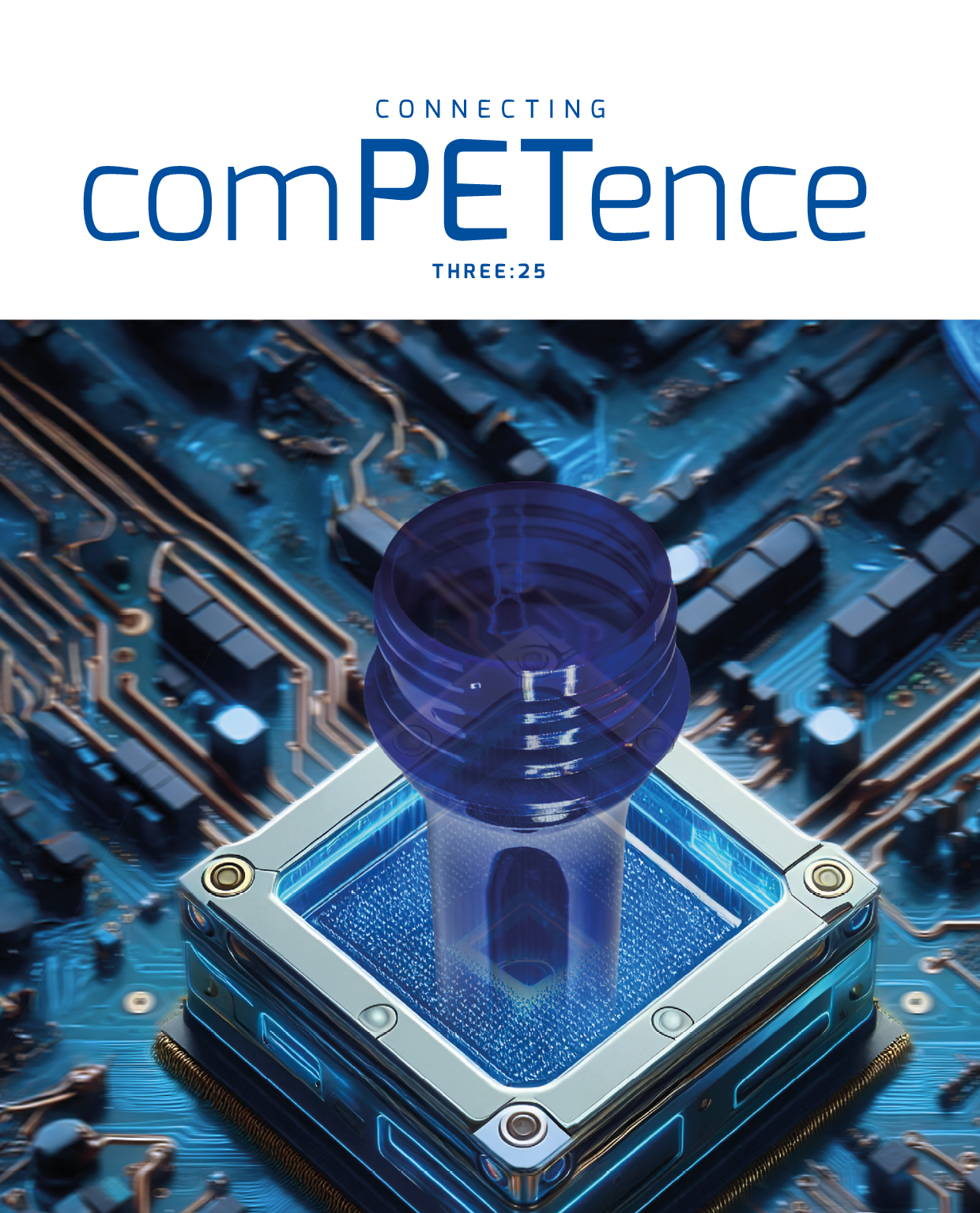“After another year plagued with a lot of talk but little action in the fight to end plastic pollution, we are expanding our reach across stakeholders and geographies to encourage partners in the United States and around the world to join us on our mission to protect the planet,” said Digimarc President and CEO, Riley McCormack. “With today’s announcement, the technology proven to effect change is both accessible and affordable to a wide variety of partners across the recycling ecosystem without further delay.”
The Plastic Recycling Outlook
In the United States, the current ecosystem of plastics recycling does not work, as only 5-9% of plastics are fully recycled in the U.S. annually,1 which means that almost all plastics in the U.S. are discarded as waste.2 In 2021 alone, 51 million tons of plastic waste were generated in the U.S.3
One of the main reasons the world struggles to recycle plastic is due to the number of plastic variants that are created by industry and the limits of the optical sorting technology that exists at recycling facilities. Plastic packaging spans a huge range of types – from food- or skin-contact-grade to industrial-use plastics – and often contains multiple materials and layers, further compounding the challenges of sorting today. Current sorting technology can only identify, at a high level, some of the materials in each item, but it cannot identify the grade or complex composition of much of the material it works to sort. This means that it cannot sort based on specifications that would allow plastics to retain the value required to become truly circular – for example, determining if a plastic is food-grade. This disincentivizes producers to purchase and use recycled plastic as they are unable to acquire the plastic varieties and specifications they need.
Digimarc Recycle changes this dynamic by linking covert digital watermarks applied to plastic packaging to product information, including packaging composition, food or non-food grade plastic, product variant, brand, SKU, and more. Deploying digital watermarking, instead of solely relying on optical sortation, helps to create the variety, volume, and quality of recycled plastics needed for a viable circular economy to flourish. Roland Berger highlights Digimarc’s technology, digital watermarks, as a sorting technology that can “substantially improve the yield and quality of recyclates” – calling recyclates the “new gold.”4





